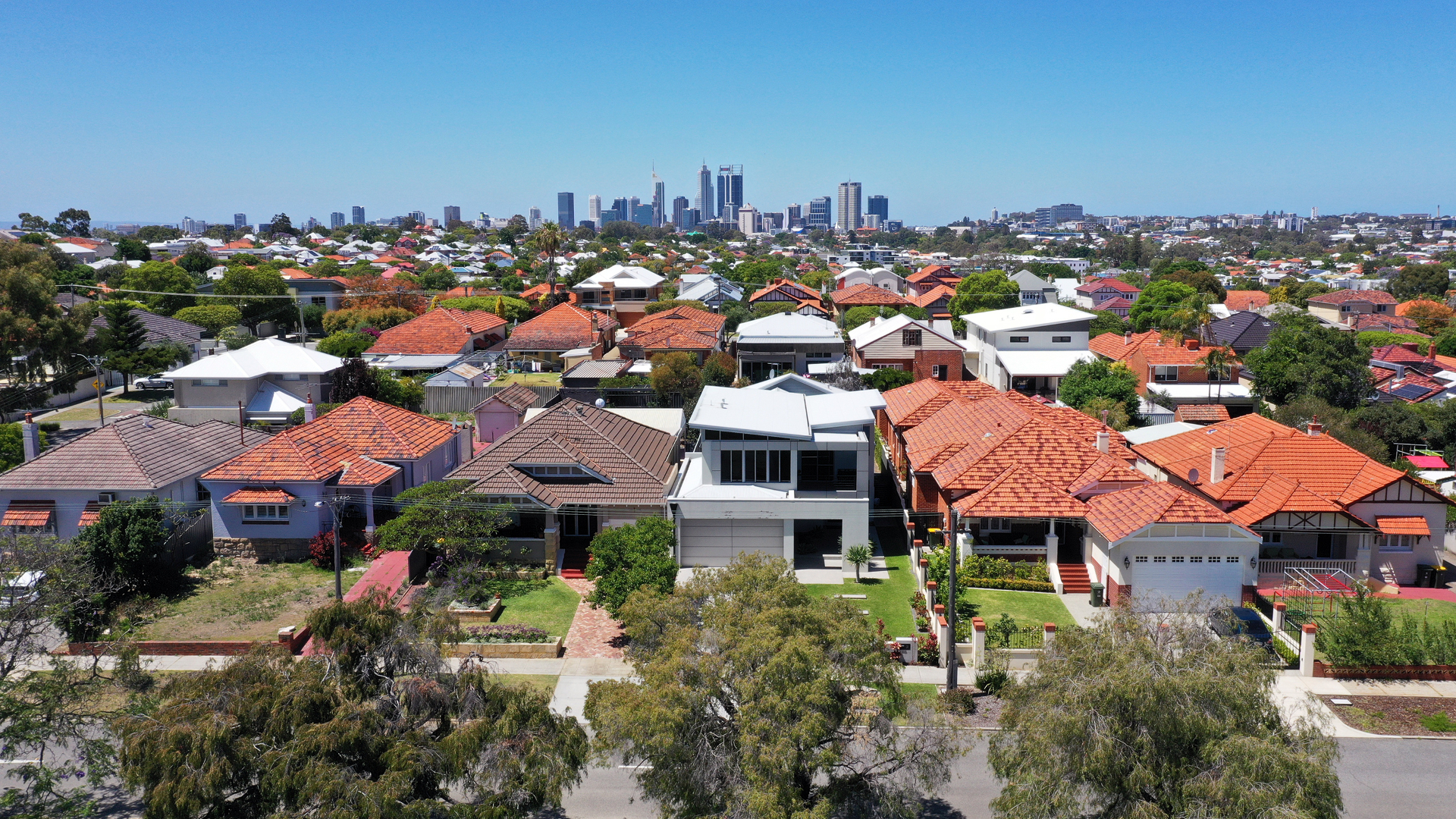Housing affordability has become a plague on Australia’s economy, and government policy here has ensured that no matter what happens, people — especially the least well off — will continue to get hurt.
Take for example the recent price drops on housing in Australia. Even despite those drops, housing is actually less affordable overall than it was 12 months ago because borrowing costs associated with higher interest rates have risen.
Rentals haven’t been spared from this dynamic either, as the squeeze on supply has resulted in record-low vacancy rates in key markets. Of course, the typical government-led “solutions” include rent caps, bans on rent bidding, and a host of demand-stoking grants, exemptions, and incentives for homebuyers — all of which, in the long run, reduce housing supply.
Creating more supply is, of course, the obvious solution to the problem of excess demand. But the quagmire of red tape — as well as local council restrictions on land supply and high-rise development — only serve to strangle supply.
For more on the basics of housing markets, including the role NIMBYism plays, check out our video:
Now, you might ask: With the national conversation so focused on the issue, would we not expect federal or state government policy to alleviate these supply pressures? Well, no; because, despite all rhetoric, the underlying incentives are such that housing prices will continue to climb. They’re a financial boon for all levels of a government which is dependent on the revenue stream of property taxes.
Not only do higher prices fuel revenue growth at the local government level through council rates, but state governments are increasingly relying on land tax, stamp duty, and now a ‘windfall gains’ tax (implemented in Victoria recently) to fund their agendas.
Moreover, due to an insidious social programming regiment over the past several decades that has resulted in a hand-to-mouth relationship between Australians and our government, a slump in housing prices presents a serious risk to electoral success. Thus, the political capital invested in our bloated housing market is perhaps the ultimate nail in the affordability coffin.
The latest so-called solutions are co-equity schemes that have been launched in Victoria and federally. When the government literally owns a stake in your house, you better believe they will throw the legislative kitchen sink at protecting the value of that asset, to the detriment, especially, of the country’s poor.
Sadly, as housing prices continue to rise, the stakes will grow too, and any return to normalcy will become increasingly difficult to navigate politically while also carrying a potentially catastrophic macro-economic risk.
With so much political and private capital wealth tied up in property prices and supply choked by regulation and sustainability concerns, will we ever see a meaningful change of policy in favor of a freer housing market and more normalized valuations? I’d doubt it … and in fact, this manufactured crisis of affordability could provide the foot in the door that state and federal governments need to intervene further into an already deeply broken market.
For more content on related issues, be sure to check out our Free Society video playlist by clicking on the button below.
This piece solely expresses the opinion of the author and not necessarily the organization as a whole. Students For Liberty is committed to facilitating a broad dialogue for liberty, representing a variety of opinions.



